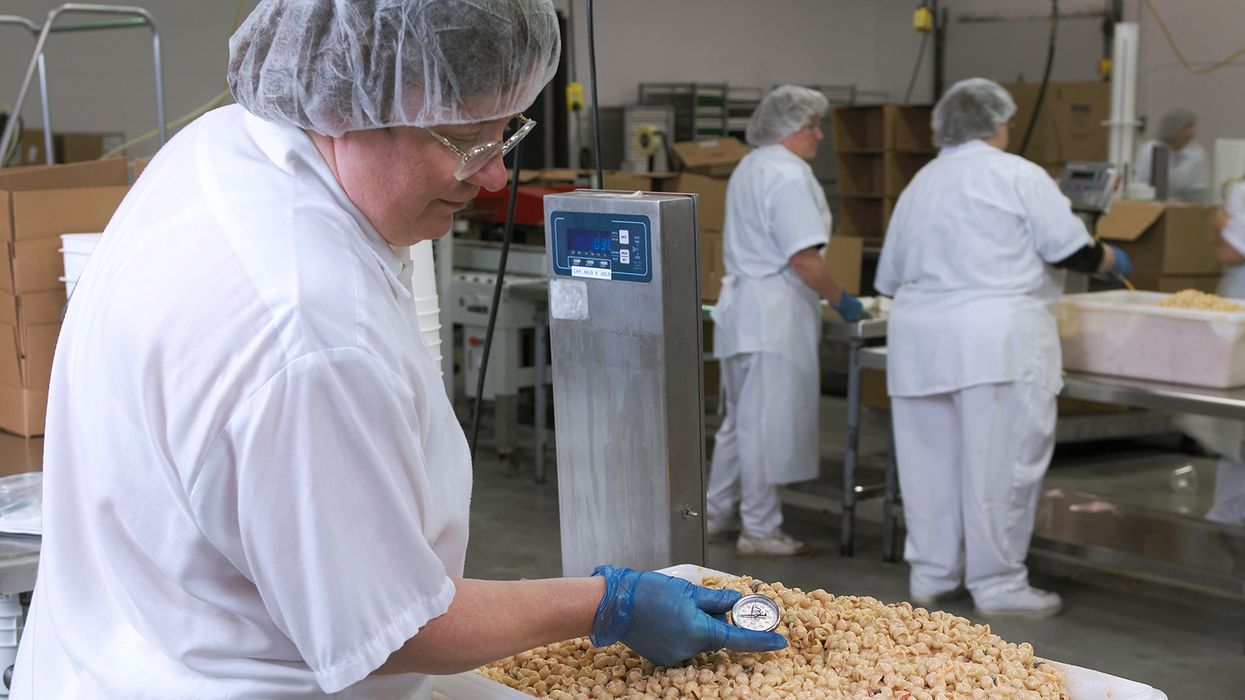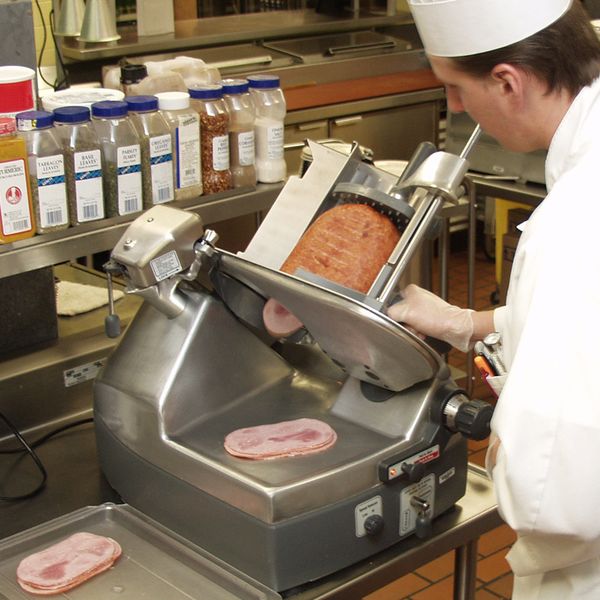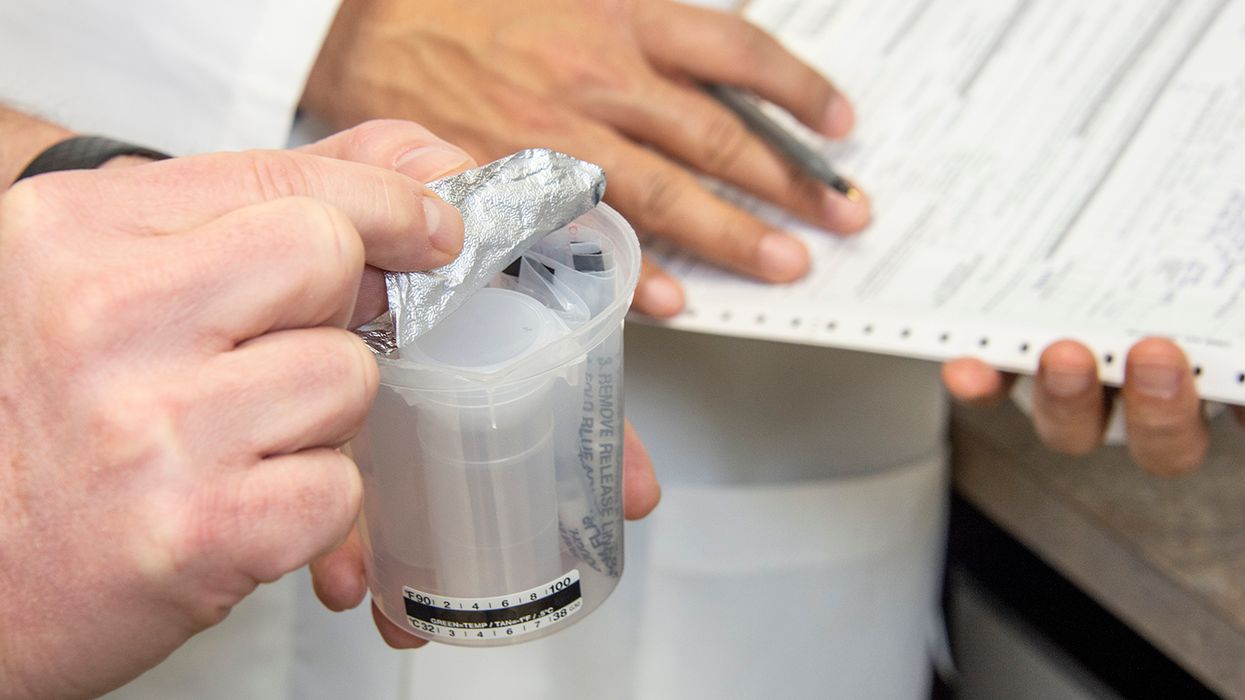FDA's Food Safety Evolution in the First 100 Days of the Trump Administration
During the opening months of President Donald Trump’s second term, the Food and Drug Administration (FDA) has undergone changes that are reshaping the agency’s approach to food safety.
These shifts, driven by staffing cuts and a broader reorganization under Health and Human Services (HHS) Secretary Robert F. Kennedy Jr., reflect a movement toward reduced federal enforcement and more centralized administrative control.
While some targeted reforms have been introduced to strengthen transparency and ingredient safety, the FDA’s overall capacity to maintain a comprehensive food safety framework has been challenged.
Staffing Cuts and Oversight Reductions
A central change has been the FDA’s 19% workforce reduction, announced in April 2025 as part of HHS’s reorganization. While food inspectors and core reviewers were exempt, critical policy staff and project managers—key to developing regulations and managing food safety programs—were placed on administrative leave.
This has led to delays in application reviews, reduced issuance of guidance documents, and a noticeable decline in engagement with the food industry. Meanwhile, the FDA’s communications have been absorbed into HHS, eliminating the agency’s independent public messaging on food safety.
Federal oversight of food inspections is also being scaled back, with most routine inspections now delegated to state and local authorities. In tandem, implementation of key regulations such as FSMA 204—focused on food traceability—has been delayed by 30 months.
The FDA has also shifted away from the traditional notice-and-comment rulemaking process, raising concerns about reduced public input and transparency in food safety regulation.
Ingredient Oversight and Targeted Reforms
The FDA is undergoing a major reform of its GRAS (Generally Recognized as Safe) process. Companies may soon be required to notify the FDA and submit safety data before using any food ingredient, including those currently self-certified.
This could significantly slow the introduction of new products and increase regulatory burdens on food manufacturers. At the same time, these changes could strengthen public trust by increasing transparency around ingredient safety.
Despite broader cuts, the FDA has launched targeted initiatives aimed at improving consumer protections. In March, it introduced the Chemical Contaminants Transparency (CCT) Tool, a searchable database consolidating contaminant thresholds in food.
The agency also rolled out Operation Stork Speed, a new program focusing on infant formula, which mandates clearer labeling, increased testing for heavy metals, and encourages domestic production to improve supply chain resilience.
Leadership Instability and Structural Challenges
The FDA’s Human Foods Program, created in late 2024 to consolidate food safety and nutrition oversight, has seen leadership turnover amid budget pressures.
With only an acting deputy commissioner in place and significant staffing losses, the program’s ability to lead food safety initiatives and enforce regulatory standards remains uncertain.
Conclusion
The FDA’s food safety strategy is being redefined by workforce reductions, centralized control under HHS, and a move away from traditional oversight mechanisms. While targeted reforms may strengthen ingredient safety and transparency, the overall shift reduces the agency’s ability to issue timely guidance, enforce compliance, and maintain consistent national standards.
These changes may present new challenges and risks for the food industry as federal oversight becomes more decentralized.
Key to Remember
The FDA is shifting responsibility for food safety inspections to state and local authorities, reducing its federal role. This decentralization, combined with delays in key regulations like FSMA 204, means less consistent enforcement and more reliance on local authorities to manage food safety.
































































